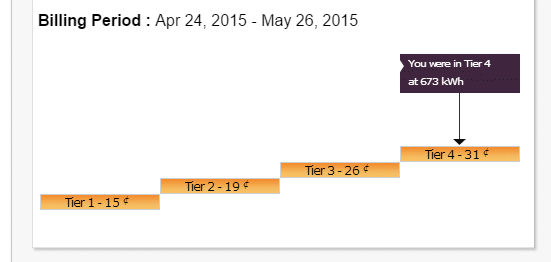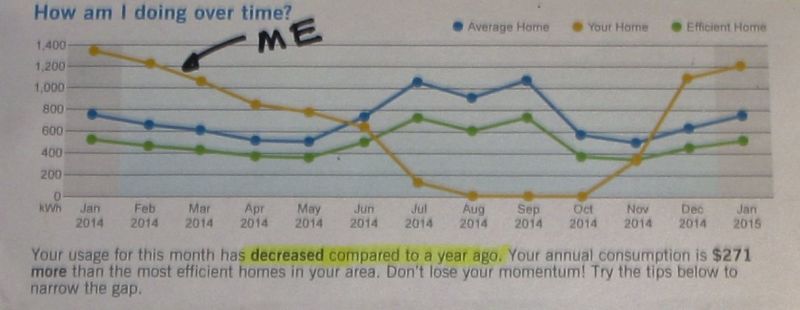OperaHouse
Electrical
Some may be feeling that they are missing the solar power bandwagon and wondering how they can do something actually useful without spending a lot of money. Batteries and grid tie make a system expensive with a long payback. Creating hot water is the most effective way to use a couple of PV solar panels since close to 100% of the power generated will be used. This assumes you are currently using a resistive hot water tank and not on demand as the rest of the civilized world. Never could get used to climbing into a shower with a 240V line.I have been heating hot water for years with excess PV for years at my camp. With as little as 800WH, we can both get a long hot shower at the end of the day. Just a couple panels totaling 400W can make a significant dent in electric use for heating. Under powering the heater assures 100% of the panels output is used. That is much greater than any battery application and much lower in cost than grid tie which isn't even allowed in some locations. Typical heat loss during the daylight hours of a well insulated tank is more than 1KWH. Solar makes up for that loss.
Most tanks have two heating elements. The top is the primary and only one operates at a time. That allows the lower resistive element to be used for solar and still have grid power backup. At 240V even a 5500W element is 10 ohms, a replacement 120V 2000W is about 7 ohms. That requires at least a 36V panel string toget any useful power. One positive is that may keep the system classified as "low Voltage". Connecting a panel directly to a resistance will result in power losses of more than half. A simple PWM circuit keeps the panel voltage at the the power point. A small capacitor bank stores the panels power in the off cycle. A panels power point voltage is the same regardless of light level. It only varies with temperature. Attaching a couple of flat pack diode bridges to the back of the panel is an easy way to get a reference voltage tracks panel temperature. I use a $5 UNO to control everything and the 490Hz PWM makes driving a FET easy. Almost any switchmode chip would work just as well.
I'm not going to argue the economics of it. Watching solar work is just plain fun and panel prices are so cheap now. Everyone has some space they can stick a few panels on. It won't freeze and none of the plumbing issues of direct solar heating. I've built several versions with just junk box parts. I have more real world details if anyone is interested.
Most tanks have two heating elements. The top is the primary and only one operates at a time. That allows the lower resistive element to be used for solar and still have grid power backup. At 240V even a 5500W element is 10 ohms, a replacement 120V 2000W is about 7 ohms. That requires at least a 36V panel string toget any useful power. One positive is that may keep the system classified as "low Voltage". Connecting a panel directly to a resistance will result in power losses of more than half. A simple PWM circuit keeps the panel voltage at the the power point. A small capacitor bank stores the panels power in the off cycle. A panels power point voltage is the same regardless of light level. It only varies with temperature. Attaching a couple of flat pack diode bridges to the back of the panel is an easy way to get a reference voltage tracks panel temperature. I use a $5 UNO to control everything and the 490Hz PWM makes driving a FET easy. Almost any switchmode chip would work just as well.
I'm not going to argue the economics of it. Watching solar work is just plain fun and panel prices are so cheap now. Everyone has some space they can stick a few panels on. It won't freeze and none of the plumbing issues of direct solar heating. I've built several versions with just junk box parts. I have more real world details if anyone is interested.


